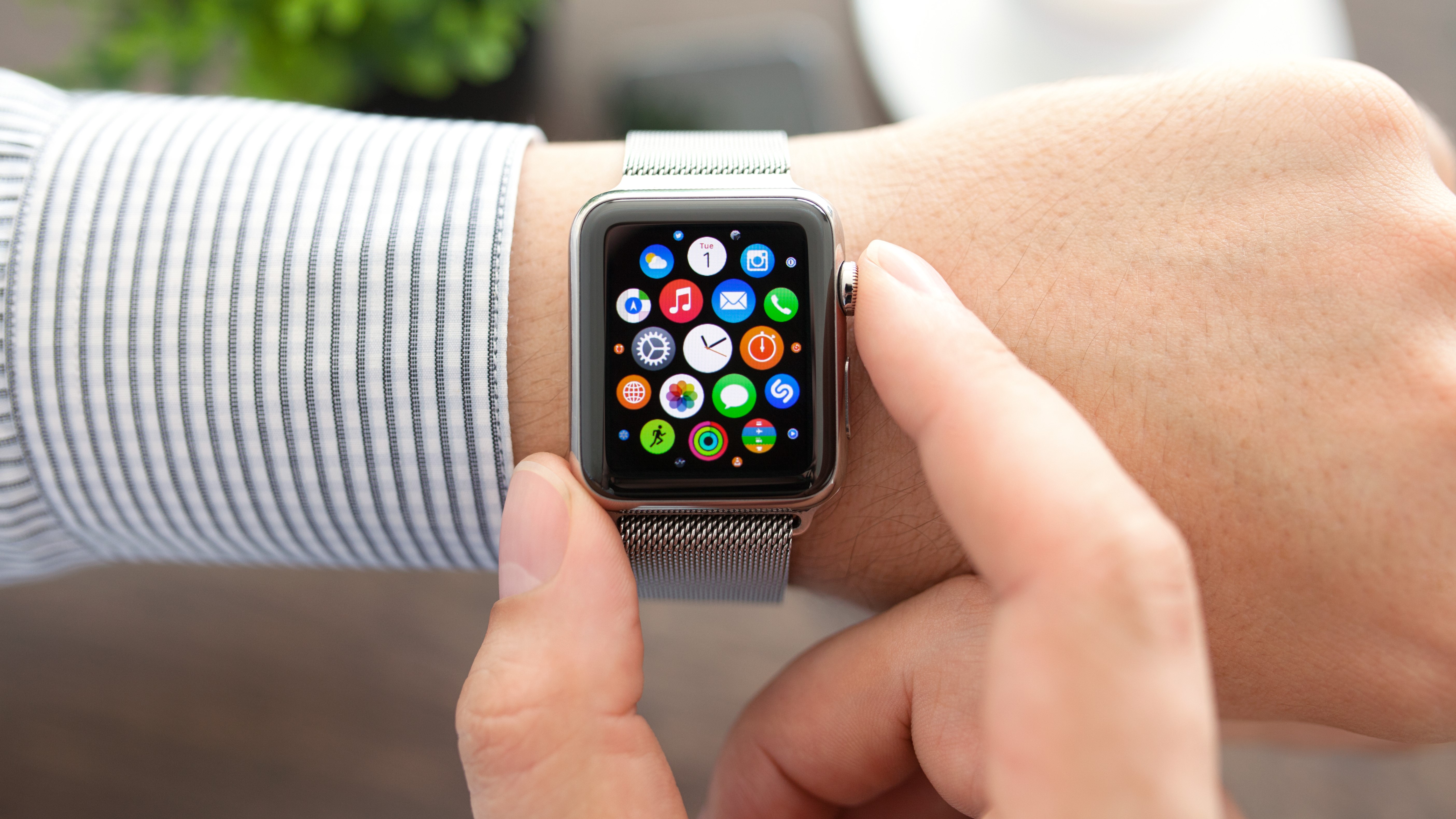How one simple Apple Watch feature actually saved my partner’s life
It sounds dramatic, but it was the scariest few days I’ve ever experienced

There are plenty of reasons you might want one of the best Apple Watches. You can get notifications on the go, read emails, take calls and customize it to suit your preferences. It’s also got a built-in step tracker, heart rate monitor, and tons of workout modes to help you stay on top of your fitness goals. There are plenty of reasons why they're top of our best smartwatches list, but a key feature most miss is that it will also tell you when you need to go to the hospital. Like, right now.
Picture the scene: you’re at home on a Friday night. You’ve been feeling a little under the weather, your leg hurts, but you don’t really think much of it. The human body is notoriously fragile; even at the age of 29 it already sometimes feels like it’s over for me because I get backaches out of the blue. In fact, it’s too easy to just avoid symptoms and get on with it. Many of us don’t want to bother a doctor or believe it will pass on its own, assuming that we can sleep it off.
That evening, you get a notification on your trusty Apple Watch. It’s not junk email or someone tagging you in a meme: it’s your watch telling you that you have a resting heart rate of 120 BPM and hey, that’s not normal. You are sitting down watching Brooklyn Nine-Nine on Netflix, so there is no reason your heart should be doing that. You realize your breathing is shallow too, so you decide to input that into your list of symptoms.
The watch then tells you that these two symptoms, plus that pain in your leg from earlier, is concerning. It’s time to pack it up and get yourself to the nearest hospital. Your favorite show can wait.
Below is an example of what the heart rate alert looks like. Though we didn't think to screenshot it from the watch at the time (too panicked!), this is the exact notification my partner received.

Long story short, going to hospital was indeed the right call. My partner is healthy and in his early 30s, but after a little wait, a doctor told us that he had clots in both his lung and his leg, hence the pain. We learned it was something called a pulmonary embolism, and if you don’t know what that is, well here’s the definition of it from John Hopkins Medicine. The first time I Googled it I burst into tears, not even joking.
“A pulmonary embolism (PE) is a blood clot that develops in a blood vessel in the body (often in the leg). It then travels to a lung artery where it suddenly blocks blood flow.
Get daily insight, inspiration and deals in your inbox
Sign up for breaking news, reviews, opinion, top tech deals, and more.
“A blood clot that forms in a blood vessel in one area of the body, breaks off, and travels to another area of the body in the blood is called an embolus. An embolus can lodge itself in a blood vessel. This can block the blood supply to a particular organ. This blockage of a blood vessel by an embolus is called an embolism.”

That’s all very scary. What’s scarier is if this is left untreated, it can be life-threatening. Per Cleveland Clinic: “a pulmonary embolism can cause heart or lung damage and even death” if left untreated. So you’re best getting yourself checked out as soon as possible.
The reason I am so relaxed writing this, and even able to make silly little jokes, is that my partner is doing fine after a week in the hospital. He’s on blood thinners, he’s able to walk without the support of a cane now, and we’re on the up. I am so grateful to the UK’s NHS for their quick work, but I am also grateful for his Apple Watch and its heart health notifications feature, which piped up at the most crucial moment, ultimately providing the catalyst to encourage my partner to go get help.
As a disclaimer, I should add he did do quick research via NHS 111 following the watch’s notification, so we do have to thank them for the comprehensive list of symptoms (including a sudden shortness of breath, fast heart rate, unexplained pains et al). We are both feeling very grateful for how quickly technology can deliver information to us.
I wanted to write this article to highlight the excellent safety features of Apple Watches, and how they really did work in practice. Technology is advancing for the better in many ways, and they now have car crash detection which uses sensor data from the device’s accelerometer and gyroscope to detect a crash. This feature is also available on iPhone 14 models or later.
We’re all tech enthusiasts here, mostly because technology is cool. But sometimes it’s more than cool: that little device in your pocket or on your wrist can save your life when you least expect to need it, and that is a truly remarkable thing.
You might also like

Lucy is a long-time movie and television lover who is an approved critic on Rotten Tomatoes. She has written several reviews in her time, starting with a small self-ran blog called Lucy Goes to Hollywood before moving onto bigger websites such as What's on TV and What to Watch, with TechRadar being her most recent venture. Her interests primarily lie within horror and thriller, loving nothing more than a chilling story that keeps her thinking moments after the credits have rolled. Many of these creepy tales can be found on the streaming services she covers regularly.
When she’s not scaring herself half to death with the various shows and movies she watches, she likes to unwind by playing video games on Easy Mode and has no shame in admitting she’s terrible at them. She also quotes The Simpsons religiously and has a Blinky the Fish tattoo, solidifying her position as a complete nerd.